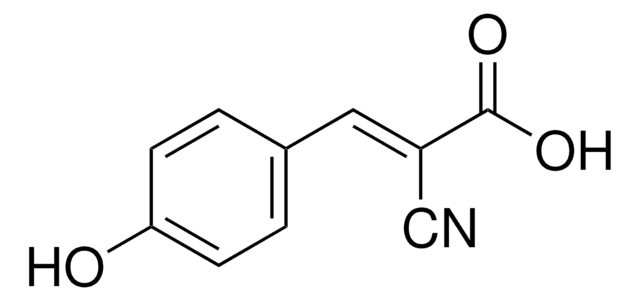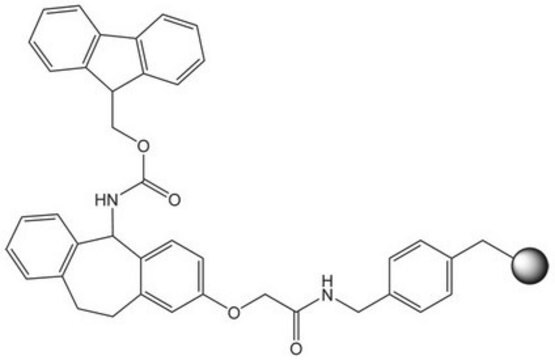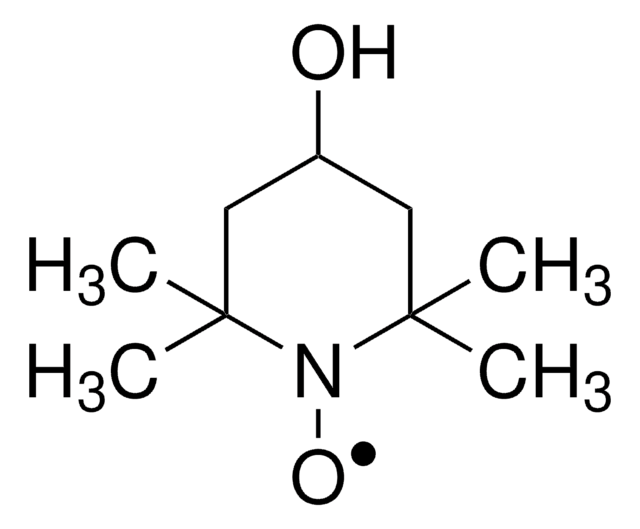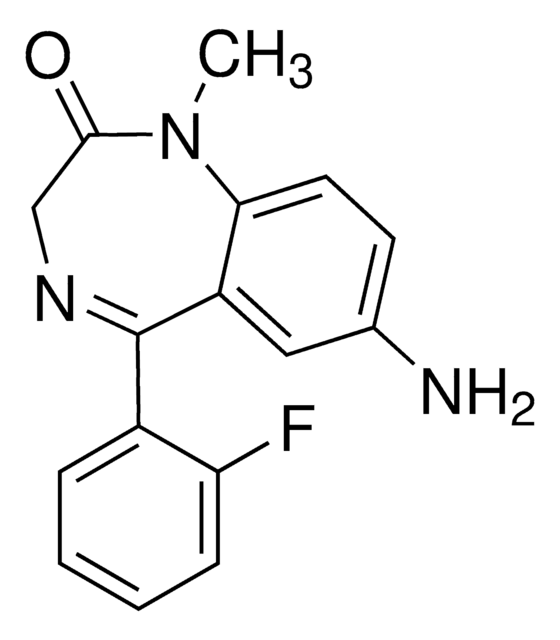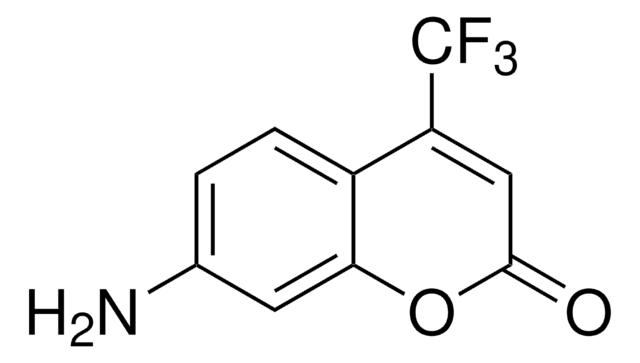G2791
Anti-Grb-2 antibody, Mouse monoclonal
clone GRB-232, purified from hybridoma cell culture
Sign Into View Organizational & Contract Pricing
Select a Size
All Photos(1)
Select a Size
Change View
About This Item
Recommended Products
biological source
mouse
Quality Level
conjugate
unconjugated
antibody form
purified from hybridoma cell culture
antibody product type
primary antibodies
clone
GRB-232, monoclonal
form
buffered aqueous solution
mol wt
antigen 24 kDa
species reactivity
rat, mouse, human
concentration
~2 mg/mL
Related Categories
General description
Grb2 is an adapter protein with one Src homology 2 (SH2) domain and two SH3 domains that facilitate protein-protein interactions. grb2 is highly conserved across species and is critical for development events such as epithelial morphogenesis, cell motility and vasculogenesis. Grb2 is closely associated with Sos and activates Ras and the MAPK cascade. Grb2 interacts with signalling proteins involved in T-cell development, B-cell activation and development and autoimmunity. Recent reports implicates Grb2 role in several oncogenic signalling pathways that lead to CML and breast cancer.
Monoclonal Anti-Grb2 reacts specifically with Grb2 (24 kDa).
Monoclonal Anti-Grb2 reacts specifically with Grb2 (24 kDa).
Immunogen
synthetic peptide (a.a. 200-217) corresponding to the C-terminal region of human, rat and mouse Grb2.
Application
Anti-Grb-2 antibody may be used at a working concentration of 1-2 μg/mL for detection by immunoblotting in whole cell extracts of human T cell leukemia, Jurkat cells. Detection is also possible in extracts of murine spermatozoa by immunoblotting at a working dilution of 1:1000. The antibody is suitable for indirect ELISA, immunocytochemistry, immunohistochemistry, immunoprecipitation and protein microarray.
Physical form
Solution in 0.01 M phosphate buffered saline, pH 7.4, containing 15 mM sodium azide.
Preparation Note
Purified from culture supernatant of hybridoma cells grown in a bioreactor.
Disclaimer
Unless otherwise stated in our catalog or other company documentation accompanying the product(s), our products are intended for research use only and are not to be used for any other purpose, which includes but is not limited to, unauthorized commercial uses, in vitro diagnostic uses, ex vivo or in vivo therapeutic uses or any type of consumption or application to humans or animals.
Not finding the right product?
Try our Product Selector Tool.
Choose from one of the most recent versions:
Certificates of Analysis (COA)
Lot/Batch Number
Don't see the Right Version?
If you require a particular version, you can look up a specific certificate by the Lot or Batch number.
Already Own This Product?
Find documentation for the products that you have recently purchased in the Document Library.
B S Verbeek et al.
The Journal of pathology, 183(2), 195-203 (1997-12-09)
In 20-30 per cent of human breast cancers, the receptor tyrosine kinases epidermal growth factor receptor (EGFR) and c-erbB2 are overexpressed. This overexpression leads to increased mitogenic signalling and is correlated with poor prognosis. Overexpression of associated adaptor proteins, like
E Sebzda et al.
Annual review of immunology, 17, 829-874 (1999-06-08)
Advances in gene technology have allowed the manipulation of molecular interactions that shape the T cell repertoire. Although recognized as fundamental aspects of T lymphocyte development, only recently have the mechanisms governing positive and negative selection been examined at a
A M Tari et al.
Seminars in oncology, 28(5 Suppl 16), 142-147 (2001-11-14)
The growth factor receptor-bound protein-2 (GRB2) is essential for multiple cellular functions. Inhibition of GRB2 function impairs developmental processes in various organisms and blocks transformation and proliferation of various cell types. GRB2 is most well known for its ability to
Arif Yurdagul et al.
Journal of cell science, 129(8), 1580-1591 (2016-02-26)
Oxidized low-density lipoprotein (oxLDL) accumulates early in atherosclerosis and promotes endothelial nuclear factor κB (NF-κB) activation, proinflammatory gene expression and monocyte adhesion. Like for other atherogenic factors, oxLDL-induced proinflammatory responses requires integrin-dependent focal adhesion kinase (FAK, also known as PTK2)
R J Daly et al.
Oncogene, 9(9), 2723-2727 (1994-09-01)
A receptor blotting technique was used to detect SH2 domain containing epidermal growth factor receptor (EGFR) substrates that exhibited differential expression either between normal breast epithelial cells and breast cancer cells or between different human breast cancer cell lines. This
Our team of scientists has experience in all areas of research including Life Science, Material Science, Chemical Synthesis, Chromatography, Analytical and many others.
Contact Technical Service